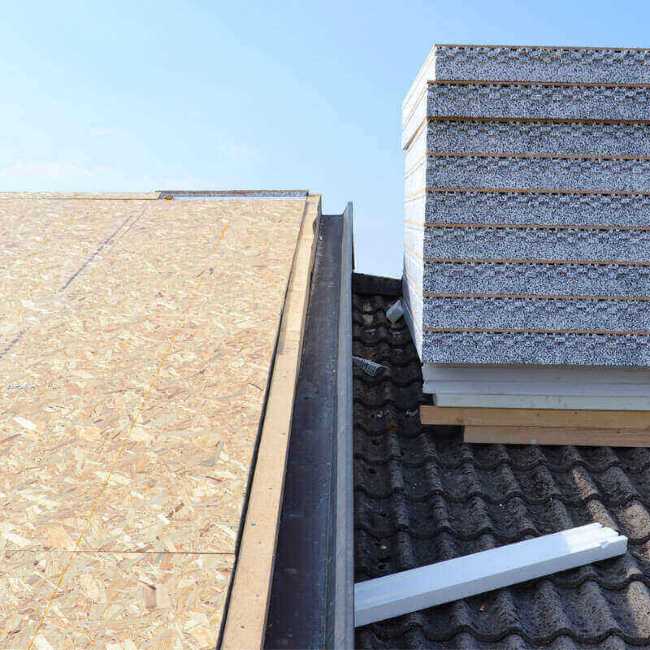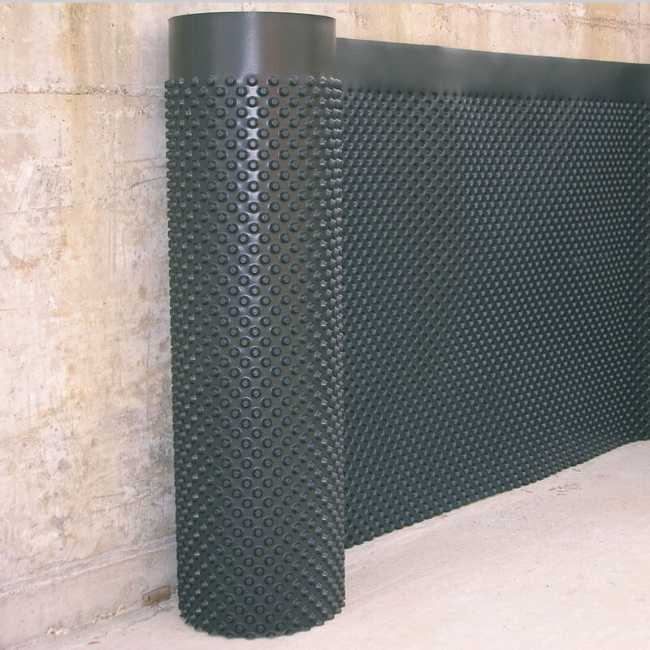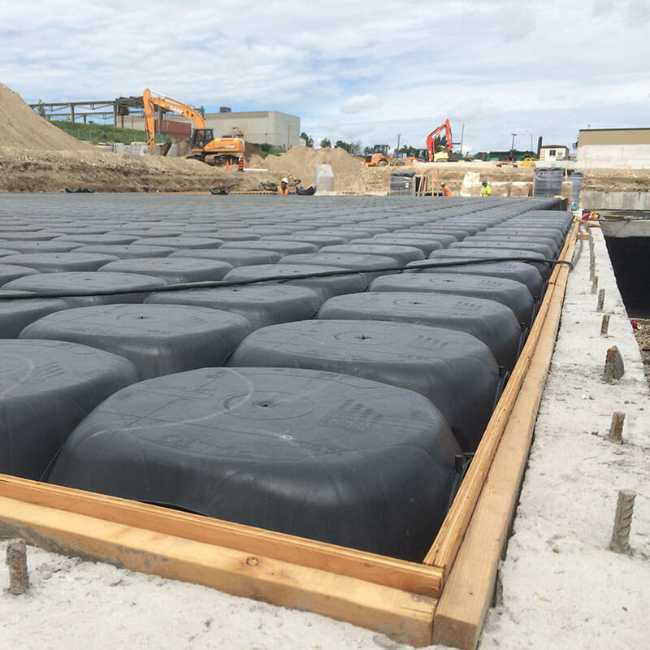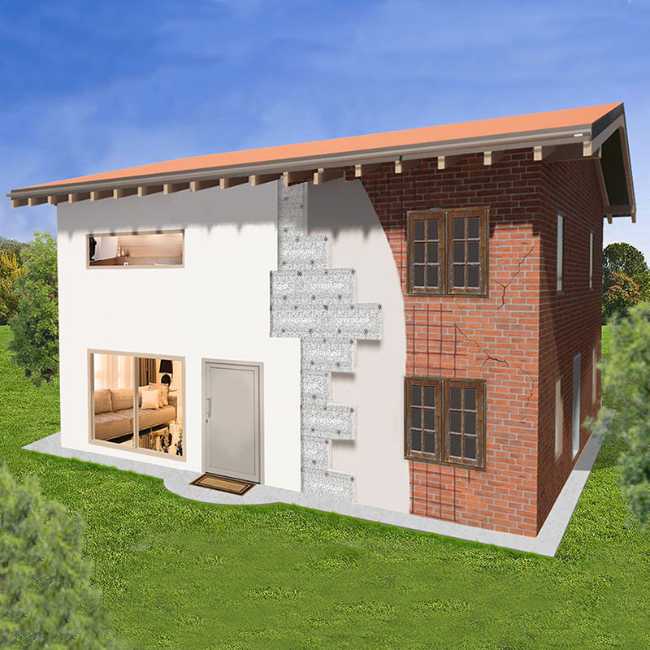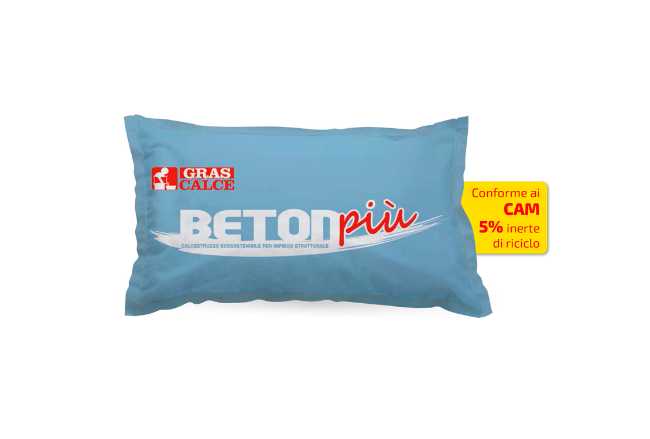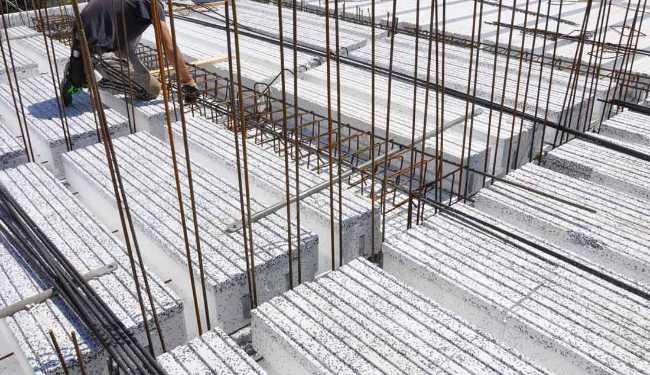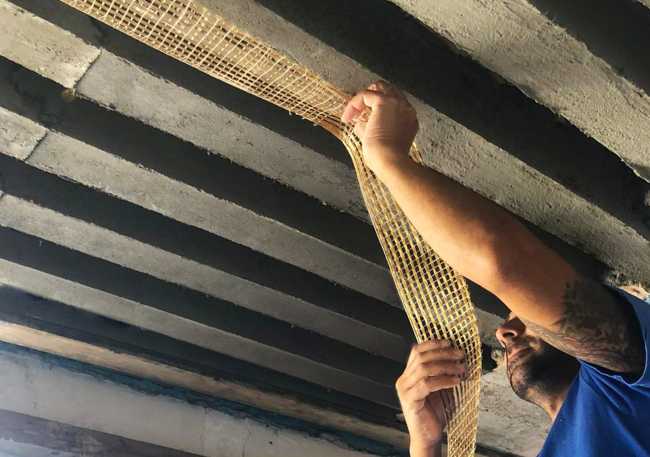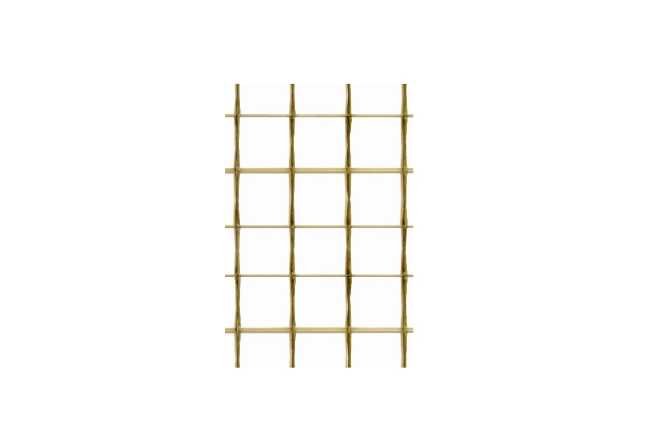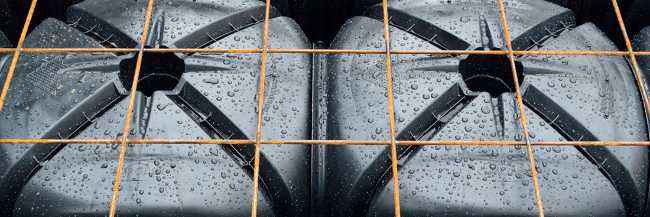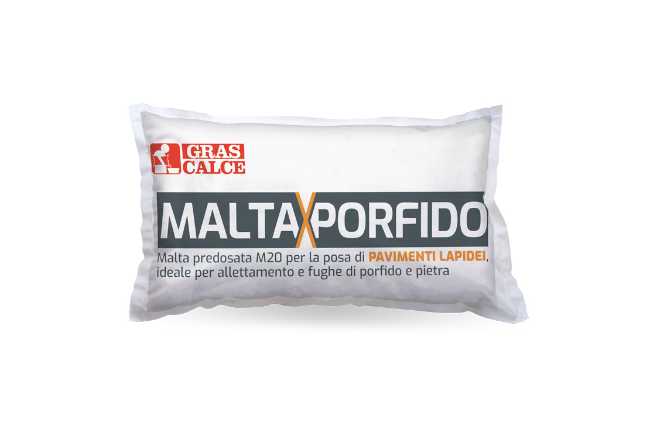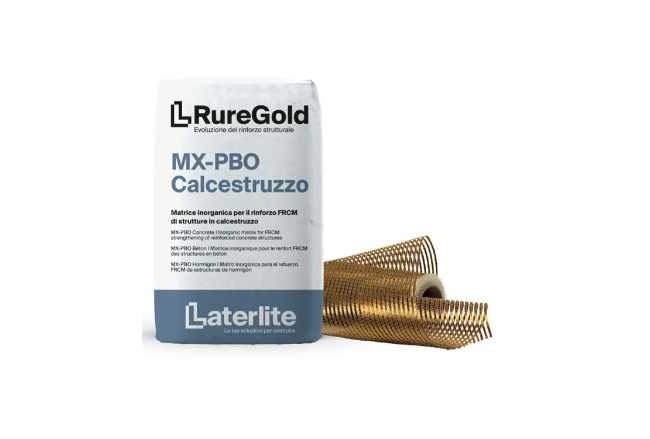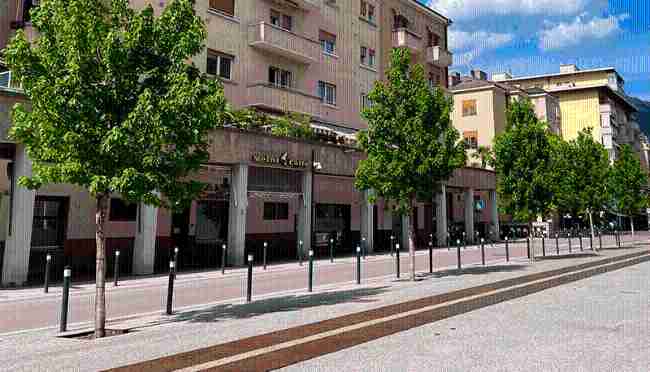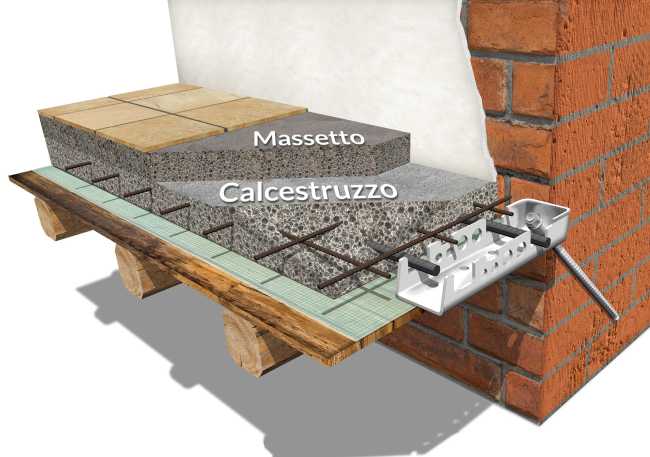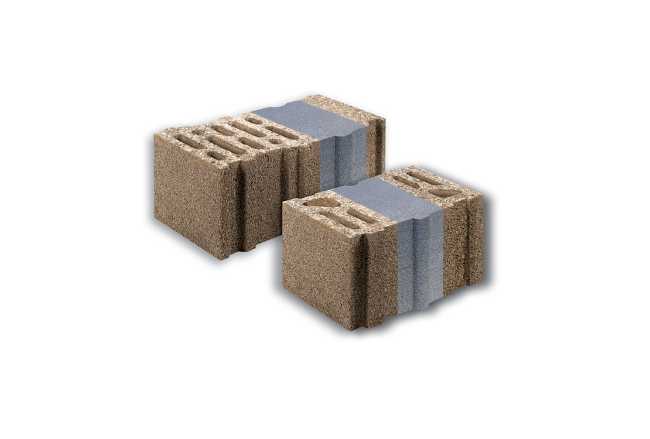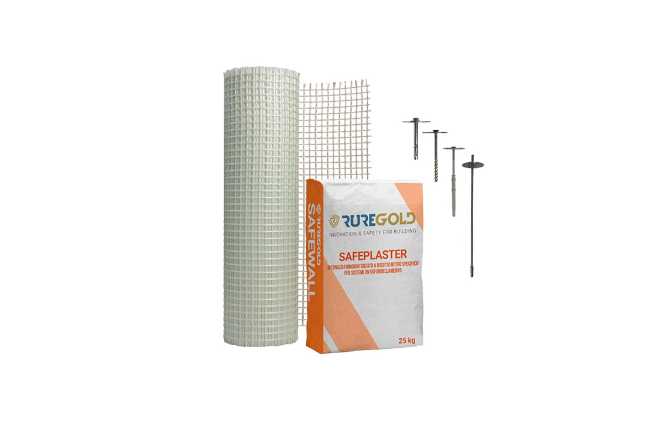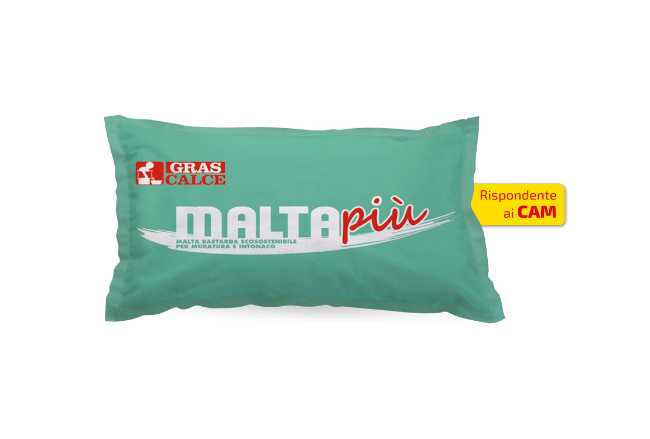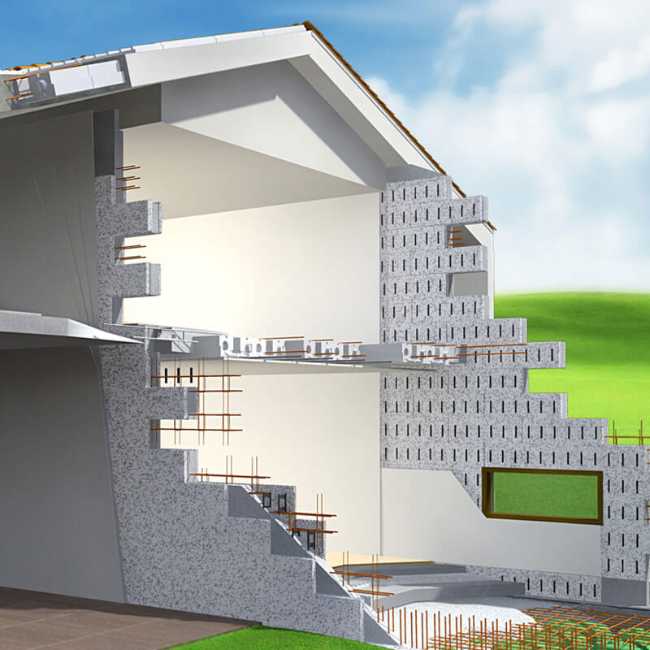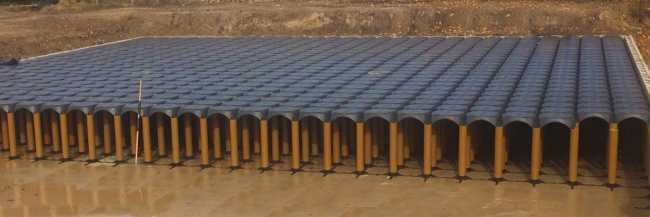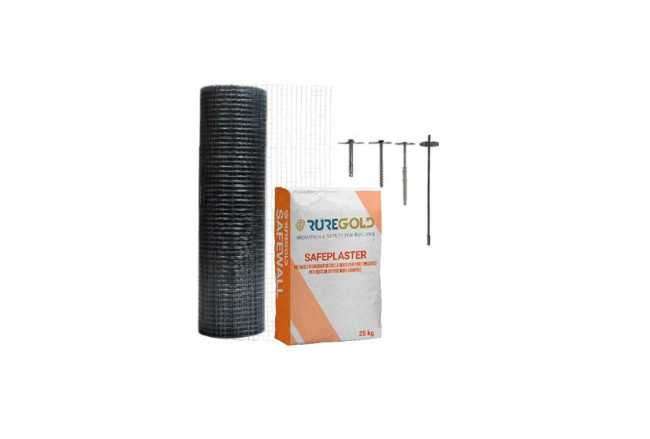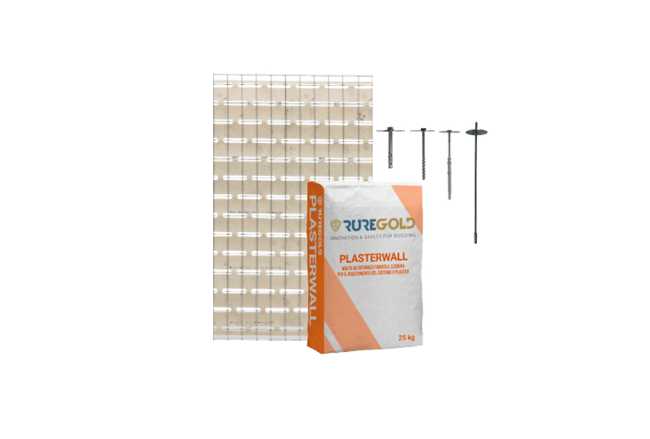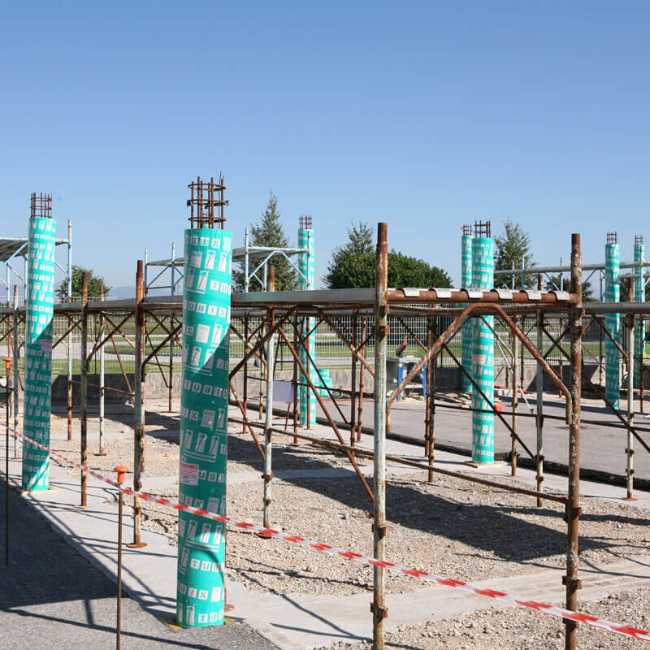Structural supports for architectural constructions
Product lines for load-bearing architectural structures offer a wide range of solutions, from structural materials to beams and columns, designed to provide essential strength and stability. Quality and innovation come together to support the structure of buildings, facilitating the creation of robust and reliable architectural projects.
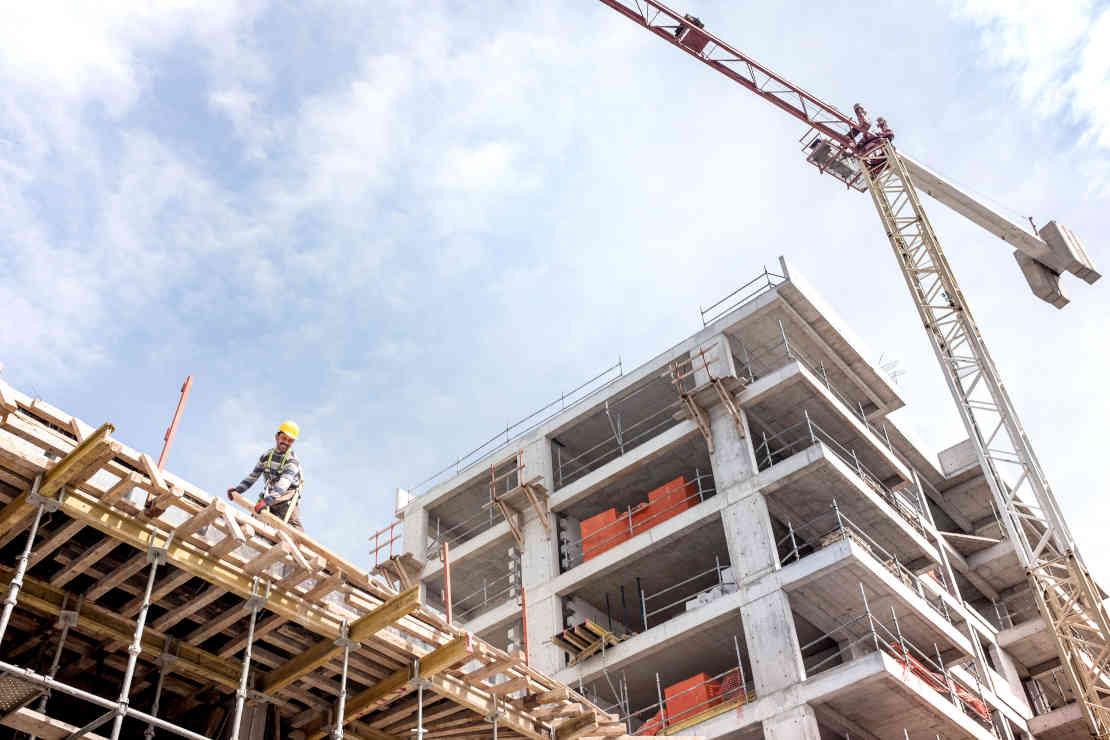

Architectural Load-Bearing Structures Pillars of the Building Project
Load-bearing structures are essential to support the weight of a building and ensure its stability. They must be designed considering the specific needs of the building, such as the type of load they will need to bear, the climatic conditions of the area, and the available materials. For example, in taller buildings, more complex structures may be required to handle vertical loads and lateral wind forces. Innovation in construction technologies has led to significant developments in load-bearing structures, with the use of advanced materials offering strength and flexibility, such as reinforced concrete, structural steel, and composite materials.


